
- Home
- Photography Tours
- Diary / Blog
- Galleries
- Foreign Trips
- Tasmania 2016
- NE Queensland 2016
- Western Alps 2016
- NE Spain 2016
- Australia's Wet Tropics 2015
- Australia's Top End 2015
- SW Australia 2015
- Switzerland 2015
- Andalucia 2015
- Belize 2015
- Australia 2014
- Switzerland 2014
- Belize 2014
- Bahama Islands 2014
- Switzerland 2013
- Ecuador 2012-2013
- Florida 2011-2012
- Vancouver Island 2011
- Australia 2010
- Peru 2008
- Bulgaria 2007
- Lesvos 2006
- California 2006
- New Zealand 2005
- Extremadura 2005
- Goa, India 2004
- The Gambia 2003
- About
July 2008
Part 3 : Insects
Butterflies were still quite thin on the ground, even species such as Common Blue and Small Skipper were not particularly numerous...
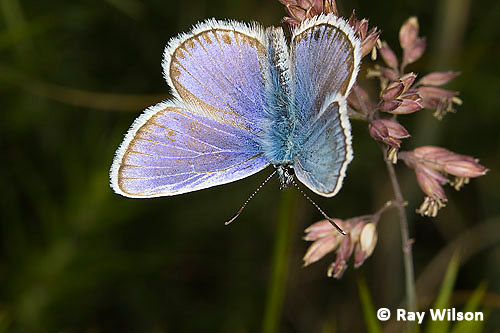
Common Blue (Polyommatus icarus) - Anglesey, Wales
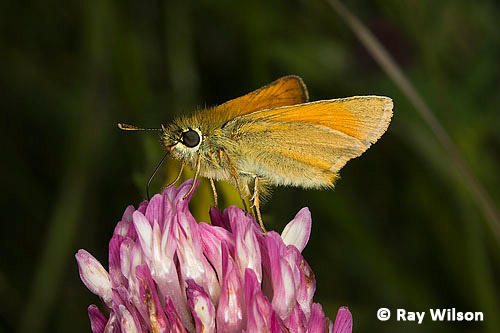
Small Skipper (Thymelicus flavus) - Anglesey, Wales
6-spot Burnet is one of the most common and conspicuous of the day-flying moths.
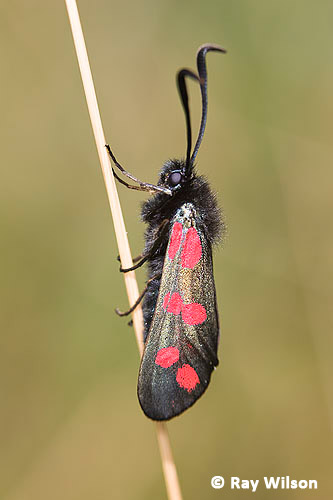 6-spot Burnet (Zygaena filipendulae) |
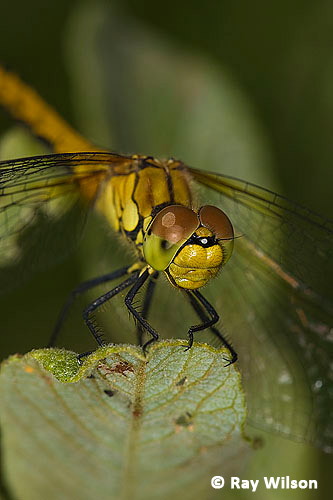 Common Darter (Sympetrum striolatum) |
July is also a month where many of the dragonflies start to emerge. The most abundant of which is the Common Darter.
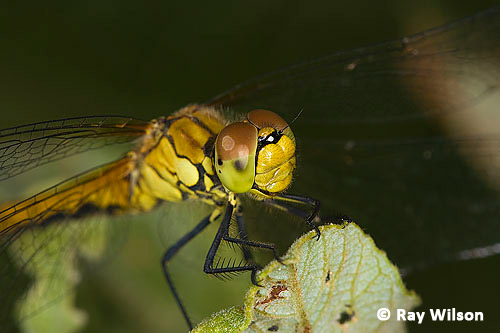
Common Darter (Sympetrum striolatum)
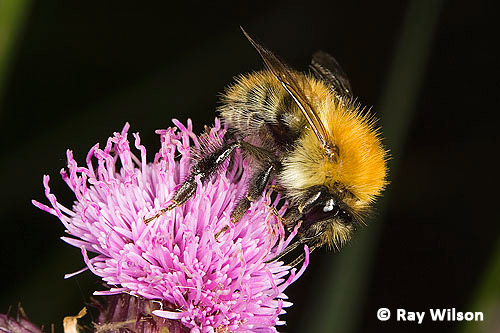
Carder Bee (Bombus pascuorum)
The distended plate on the front foreleg of male Digger Wasps is used as secondary sexual organ that allows the male to get a better grip on the female during mating.
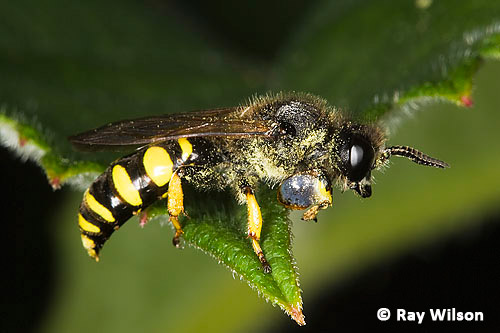
male Slender-bodied Digger Wasp (Crabro cribrarius) - Anglesey, Wales
There are 41 species of spider-hunting wasps in Britain. As their name suggests, they all actively hunt spiders which are paralysed and buried to act as a living larder for the wasp's larvae.
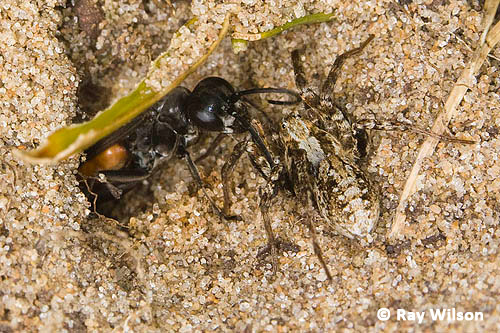
Spider-hunting wasp (Anoplius infuscatus) with paralysed wolf spider (Xerolycosa miniata) - Anglesey, Wales
In the dunes, I also witnessed a battle between two miniature predators. In this case, the spider emerged the victor.
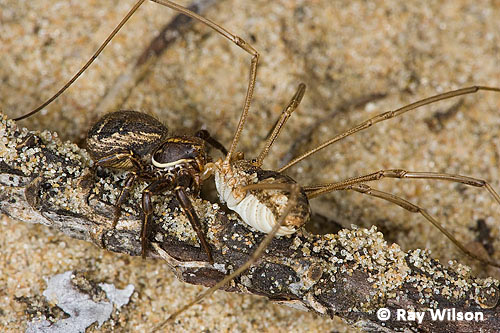
Unidentified spider (Xysticus sp.) killing a Common Harvestman (Phalangium opilio) - Anglesey, Wales
One of Britain's most distinctive insects. The huge jaws on the Green Tiger Beetle make it a fearsome predator and it can deliver quite a painful bite if provoked. July is getting a bit late for Green Tiger Beetles. Their main period of adult activity is in the spring.
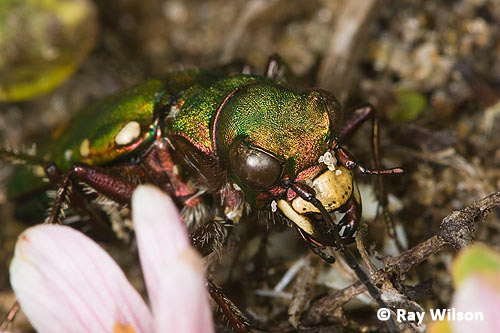
Green Tiger Beetle (Cicindela campestris) - Anglesey, Wales
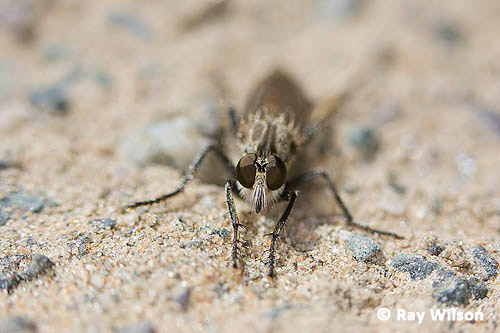
unidentified Robberfly (Asilidae sp.) probably a Fan-bristled Robberfly (Dysmachus trigonus) - Anglesey, Wales
Ray Wilson owns the copyright of all images on this site.
They may not be used or copied in any form without prior written permission.
raywilsonphotography@googlemail.com